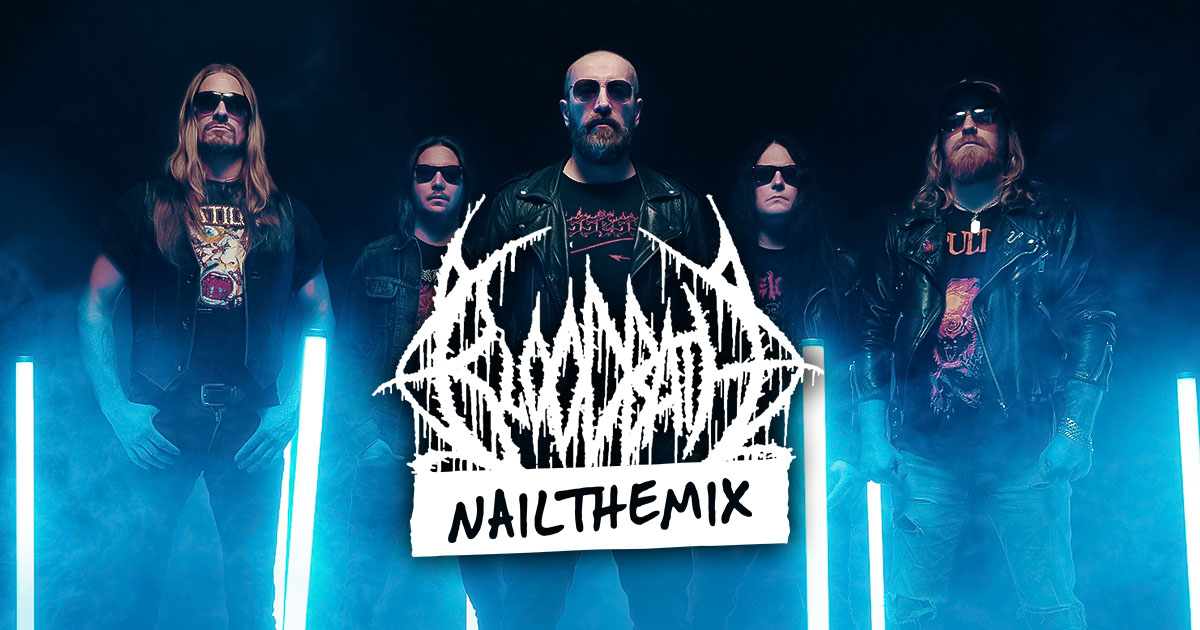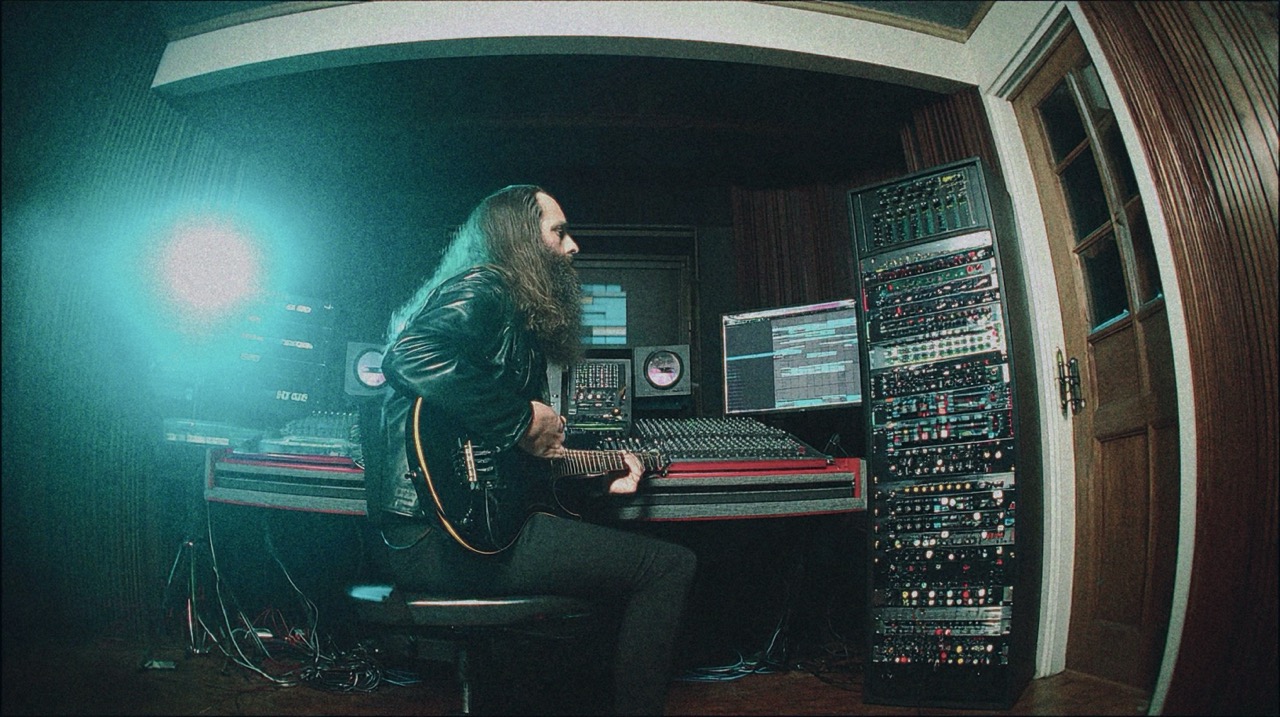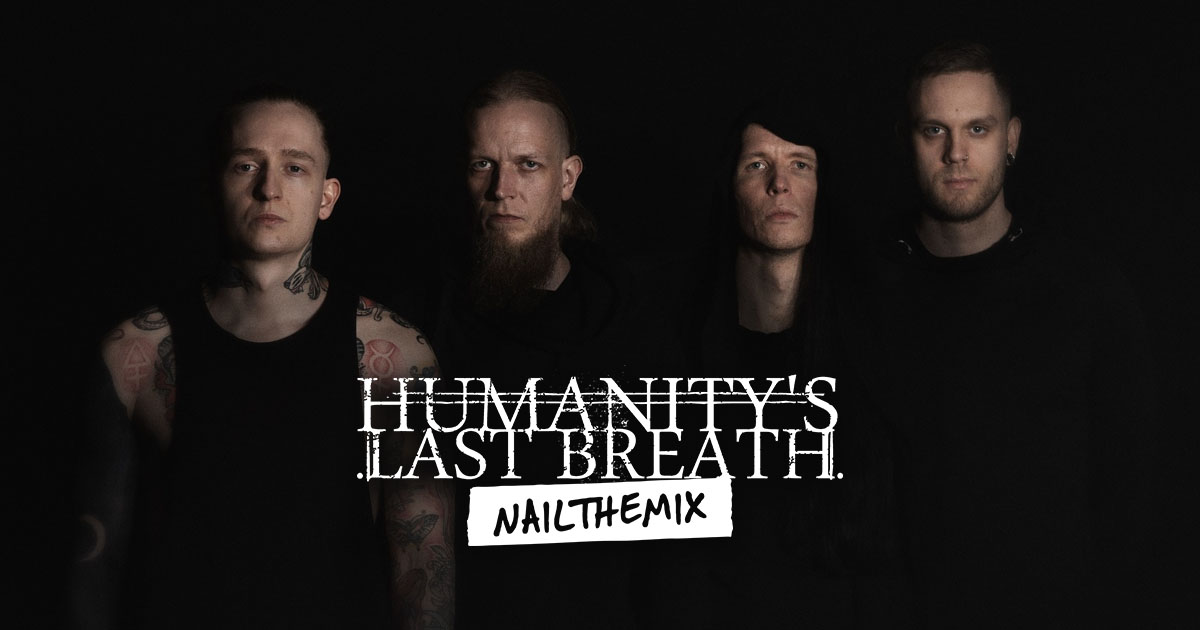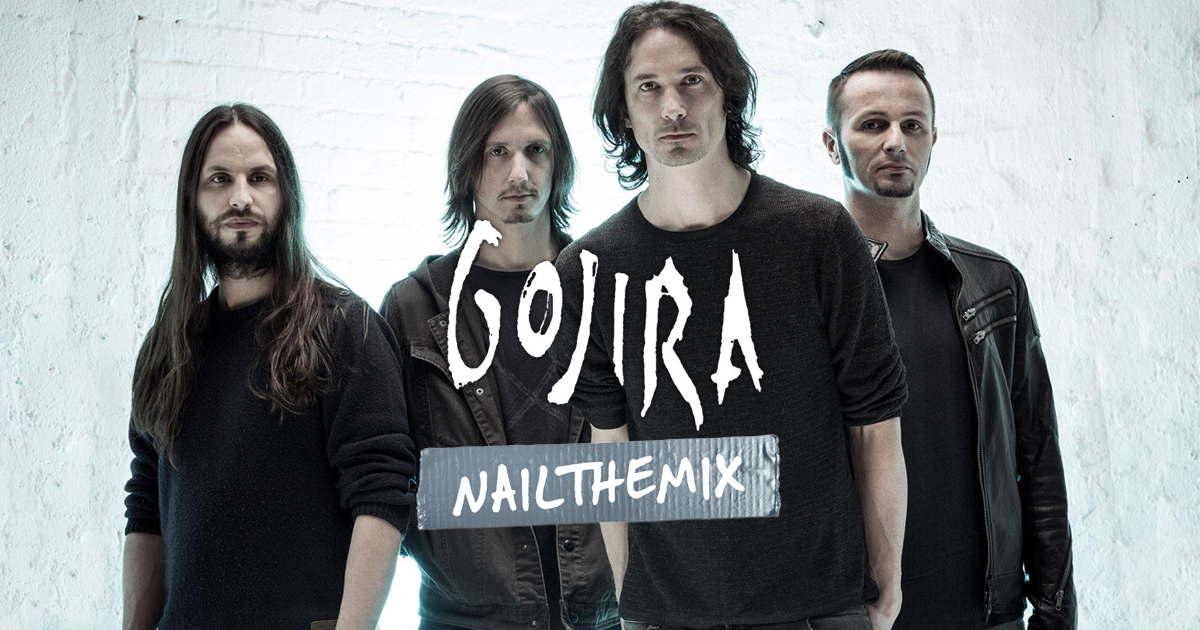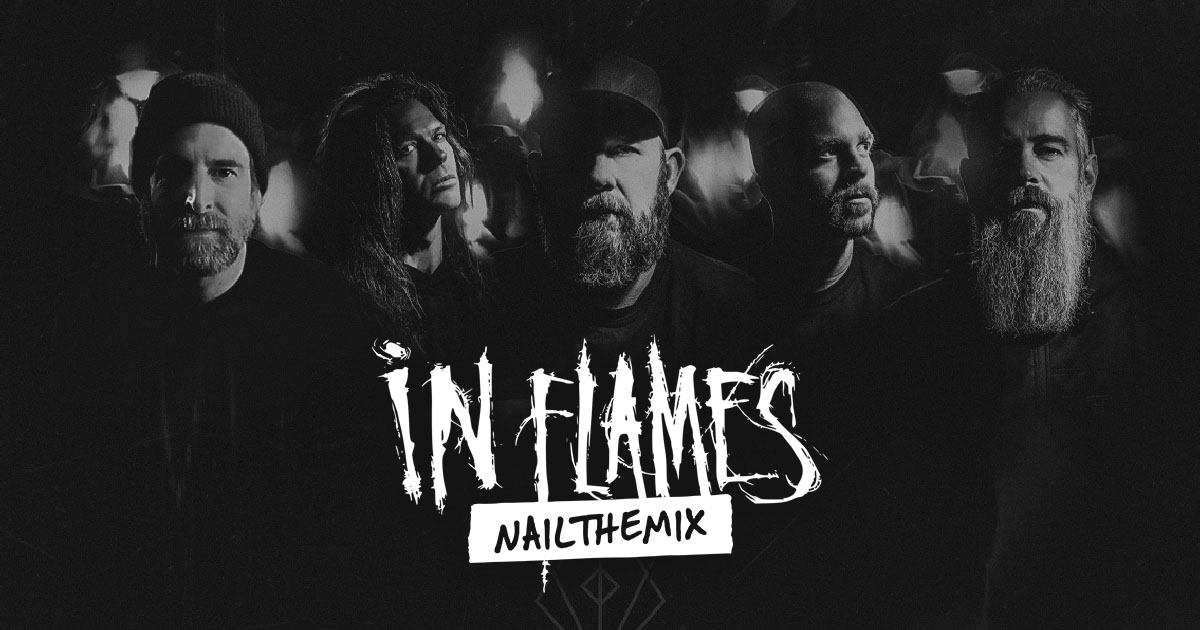
Mixing Aggressive In Flames Vocals with Joe Rickard
Nail The Mix Staff
That powerful, upfront, and aggressive vocal sound is a hallmark of modern metal. Anders Fridén’s performance on In Flames’ tracks is a perfect example—it cuts through a dense mix, overflowing with energy and attitude. But getting that sound isn’t just about a great performance; it’s about a smart, deliberate mixing chain that enhances the aggression without making it harsh or messy.
We got a look inside the Pro Tools session with producer/mixer Joe Rickard to see exactly how he crafted the massive vocal tones for In Flames. Forget slapping on a preset chain and calling it a day. Joe’s method is a masterclass in surgical preparation, powerful bussing, and adding just the right amount of grit.
Let’s break down the vocal chain he used.
The Front End: Tame Harshness Before You Boost
One of the biggest mistakes producers make is trying to fix problems after they’ve already been amplified. Joe’s approach flips that on its head by dealing with harshness right at the start of the chain.
Before any major EQ boosts or compression, he uses a de-esser. Why? Because boosting highs and slamming the vocal with a compressor will only make those sharp “S” and “T” sounds more painful. By taming them first, you get a much cleaner canvas to work with.
He even takes it a step further. If a specific annoying frequency is bugging him—say, a nasal tone around 2.3kHz—he’ll use a narrow EQ cut to get rid of it right away. The philosophy is simple: clean up the junk you don’t like at the beginning, so you’re only enhancing the good stuff later on.
Building the Vocal Bus for Power and Cohesion
Instead of processing every vocal track individually, Joe sets up vocal busses for different song sections (verse, pre-chorus, chorus). The lead vocal and its double are sent to the same bus.
Why Bus Your Vocals?
This isn’t just for organization. When you send a lead vocal and its double to the same bus, they hit a single compressor together. This glues them into one cohesive, tight performance. The whole point of a double is to make the vocal sound bigger than life, and having them compress as a single unit is a key part of achieving that massive sound. If they’re processed separately, they can start to feel disconnected.
Dialing in the Howard Benson Vocals Plugin
On the individual tracks, before the bus, Joe uses the Howard Benson Vocals plugin to get the initial tone and compression. For the main agro verse vocal, the settings are aggressive:
- EQ: A +3dB high shelf at 25kHz for air, and a wide boost at 3.6kHz for presence.
- Compression: The compressor is pushed all the way up, with the “Limit” button engaged for maximum control and an in-your-face sound.
For the double track, he uses the same EQ settings but backs off the compression to about halfway. This helps the double tuck in just behind the lead, giving it a slightly different dynamic character while still providing support.
Adding Grit and Character to Vocal Doubles
Here’s a killer trick for adding texture. On the vocal double, Joe inserts a distortion plugin—in this case, the SansAmp PSA-1—to add some extra color and grit. The key is to add it just to the double and then blend it in underneath the main vocal. This makes the overall sound feel more aggressive and textured without making the lead vocal sound overtly distorted.
Crucially, he places the distortion before the de-esser on that track. This prevents the added harmonics from making the sibilance even worse.
The Pro Move: Surgical Breath Control
This might be one of the most important—and overlooked—techniques for clean, professional metal vocals. As Joe learned from the legendary Howard Benson, breaths can be a huge distraction. While an emotional breath on a lead vocal can add to the performance, most of the time, they sound like mistakes.
Think about it: when you heavily compress a vocal, the breaths get turned way up. If that loud breath then hits a long delay or reverb, you get a distracting “HAAAA-shhhhh” echoing through your mix.
The problem gets even worse with layered vocals. If you have a lead, a double, and two harmony tracks, you could have four breaths firing off at once. It’s messy and unprofessional.
The solution? Get surgical.
Go through your doubles, harmonies, and all backing vocal tracks and meticulously cut out the breaths. You can either slice them out and add a quick fade or use clip gain to turn them all the way down. No one will miss them, and your mix will instantly sound cleaner, bigger, and more focused. This also gives you the freedom to use more aggressive metal compression secrets without turning breaths into a problem.
The Main Vocal Bus Chain: Polish, Punch, and Control
Once the individual tracks are treated and sent to the bus, it’s time for the main processing chain that glues everything together.
UAD Neve 1081 EQ
The first stop is the UAD Neve 1081. The goal here isn’t radical change, but subtle enhancement and tone. Joe adds a tiny bit of 3.3kHz for cut and 220Hz for body. Often, just running a signal through a quality emulation like this adds a pleasing harmonic character.
Maag EQ4
Next up is the Maag EQ4, famous for its “Air Band.” This is a fantastic tool for adding top-end clarity without harshness. Joe uses the 10kHz or 20kHz band to add that final bit of sparkle. He also uses the Maag to make a few other key moves:
- A small notch at 2.5kHz to help the vocal cut even more.
- A cut around 650Hz to clean up any muddiness.
These sorts of precise EQ strategies for mixing modern metal are what separate a good mix from a great one.
SSL E-Channel for the Final Smackdown
To really pin the vocal in place and give it that final, aggressive punch, Joe uses the SSL E-Channel compressor. With a fast attack and heavy gain reduction, this compressor smacks the vocal bus and brings everything together, ensuring it sits consistently at the front of the mix.
Final De-essing
Just like he started, Joe finishes the chain with another de-esser (like the FabFilter Pro-MB in de-essing mode). This catches any new sibilance that might have been brought out by the bus processing, ensuring a smooth, powerful, and non-fatiguing vocal sound.
Creating Space with Effects Sends
The final piece of the puzzle is creating a sense of space and dimension using sends to reverbs and delays. Joe uses a multi-layered approach:
- Softube RC-24: For a nice, classic reverb sound.
- Waves H-Delay: Set to an 8th note ping-pong for rhythmic excitement.
- Kush Audio Imperial Delay: Set to a long, wide half-note delay that isn’t a ping-pong, creating a huge wash of sound.
- Valhalla Verb: For another layer of reverb texture.
Using a couple of different reverbs and delays adds a complexity and depth that you can’t get from a single effect.

100+ Insanely Detailed Mixing Tutorials
We leave absolutely nothing out, showing you every single step
Bringing It All Together
These are the exact kinds of techniques that take a raw performance and turn it into a world-class metal vocal. From proactive cleaning and surgical breath removal to smart bussing and layered effects, every step has a purpose.
In Flames on Nail The Mix
Joe Rickard mixes "Meet Your Maker"
Get the Session
Seeing it written out is one thing. But watching a pro like Joe Rickard actually do it, explaining every click and decision in real-time? That’s how you truly level up your skills. In the full In Flames Nail The Mix session, you can watch him build an entire mix from scratch using these very multi-tracks.
If you’re ready to unlock your sound and mix modern metal beyond presets, this is your chance. At Nail The Mix, you get to be a fly on the wall while the world’s best producers show you how it’s done. Grab the multi-tracks from In Flames and see what you can create.
Get a new set of multi-tracks every month from a world-class artist, a livestream with the producer who mixed it, 100+ tutorials, our exclusive plugins and more
Get Started for $1